I recently asked on my Instagram stories about cleansing myths, and I got back tons of replies! So here’s some cleanser mythbusting – unfortunately I couldn’t fit them all in this one post, but there’ll be a follow-up soon.
A word of warning before we begin: the answer to a lot of these is going to be “it depends”. I know it’s not a very satisfying answer and we all want straightforward “yes” and “no”, but a lot of things in skincare are quite complex, and a lot of the time the research doesn’t point towards a firm conclusion yet. A lot of myths also do have a bit of truth to them.
The video is here on YouTube – keep scrolling for the text version (and if you want more about cleansing and all the other steps in a routine, check out The Lab Muffin Guide to Basic Skincare).
Are foaming cleansers harsh?
There’s the idea that foaming cleansers are bad for your skin, and harsher than non-foaming cleansers.
This used to be true for older cleansers. Back in the day, the only common cleansing ingredient (surfactant) that would produce a lot of foam was sodium lauryl sulfate.
A bit of background first: cleansing ingredients are called surfactants:
They have an oily “tail” and a water loving “head”. The two together in the one package means that surfactants can lift oil off skin and surfaces, and disperse it in water so it can get rinsed away.
Related post: Surfactants Are Everywhere, aka Stop Being Terrified of Chemicals
Sodium lauryl sulfate (SLS) happens to be quite skinny for a surfactant. That means it can penetrate into skin more easily, so it stays there and doesn’t get washed away enough. This translates to irritation and that tight feeling you sometimes get after cleansing.
But with newer cleansers, there are ways to produce foam without using a lot of SLS, and ways to get SLS to be less irritating.
Foam
More foam doesn’t necessarily more powerful cleaning, and it doesn’t necessarily irritate more. The three CAN correlate, but they don’t always. It’s like having cats vs happiness vs spending a lot of money (on broken glasses and vases) – they’re kind of linked, but also not really.
Foam and cleaning and irritation all have a lot to do with surfactants, but there are differences in how they work:
- Foam making is linked to how well the product stabilises a liquid film that traps air
- Cleansing ability depends on how well the surfactants pull oil and dirt off the skin
- Irritation depends on how well a surfactant burrows into skin and disrupts your skin barrier
(For a long time scientists thought that that cleansing away too much oil is what causes irritation with cleansers, but it turns out that’s not the main factor – it’s the surfactant messing up the skin.)
There are many other ways of producing foam now that doesn’t involve using more SLS:
- Many surfactants used in modern cleansers can foam well without being as irritating, including glucosides, betaines, sultaines, ether sulfates, sarcosinates, taurates and isethionates.
- There are also lots of non-surfactant ingredients that can be added to stabilise foam without contributing to irritation, such as glycerin and thickeners.
- Foaming pump tops are also a lot more popular, so even if a cleanser doesn’t foam well with your hands, the packaging can create foam.
Reducing irritation
There are also lots of ingredients that can be added to cleansers to make them less irritating.
Adding emollients to a foaming cleanser can make it less drying than a low foaming cleanser without emollients. In one study, the non-foaming cleanser gradually tried out skin over 5 days while the foaming cleanser with added emollients actually decreased dryness. So yes, modern foaming cleansers can be very gentle!
Can cleansers actually hydrate skin?
That study also ticks off another myth I was asked about – the results seem to say yes, some cleansers can indeed hydrate and moisturise skin! This makes sense because cleansers can actually deliver active ingredients, which we’ll discuss again a bit later. But first, some sulfate talk…
Are SLS and SLES that bad for your skin?
Sodium lauryl sulfate (SLS)
Again historically, sodium lauryl sulfate (SLS) was quite harsh in cleansers, but with modern cleansers there are lots of ways that SLS has been made less harsh.
The most common strategy is to combine different surfactants into the one cleanser. This is common practice in cleansers – I don’t think I’ve seen a cleanser recently that has SLS alone!
The way this works is by changing the micelles formed. When a cleanser is mixed with water, there are lots of individual surfactant molecules as well as micelles, which are clusters of surfactants.
Remember from earlier: the thing that causes irritation with cleansers is when surfactants burrow into skin, and what makes SLS so good at this is that it’s quite small and narrow, so it squeezes through your skin barrier quite effectively. But it can’t do this when it’s hanging out in a micelle – the micelle is too big. It’s the individual surfactant molecules floating around that can get into skin and cause irritation.
If you use a mixture of different surfactants, they make a cluster together (a mixed micelle). It turns out that this gets more of the SLS into micelles so there’s less individual molecules floating around (the scientific term for this is to lower the critical micelle concentration or CMC). And this means less SLS can make it into skin and irritate.
Using a mixture also means that you have a lower concentration of the more irritating surfactants.
Apart from using mixtures of surfactants, there are other technologies like special polymers that stick onto individual surfactants. This also forms larger clusters in a similar way to reduce the amount of surfactant that can burrow into skin.
There are other ingredients that can also decrease Irritation when added to cleansers, such as polymers, emollients, hydrolysed proteins, glycerin and antioxidants. These stick onto skin to reduce irritation.
So just seeing “sodium lauryl sulfate” on an ingredient list doesn’t mean the cleanser will be irritating. If you’re already using a cleanser with that you like and it has sodium lauryl sulfate in it. that’s not a reason to stop using it.
But if you’re looking for a cleanser and your skin is very sensitive or very prone to dryness, and there are a few cleanser options you’re looking at, then it might be a better bet to go for the one without SLS.
Sodium laureth sulfate (SLES)
So that’s sodium lauryl sulfate… what about sodium laureth sulfate (SLES)?
Well, I think sodium laureth sulfate just got swept along with the buzz around sodium lauryl sulfate, because they sound similar and the word “sulfates” is really easy to say.
There’s an older experiment that tested the irritancy of a bunch of different surfactants that we still see today in cleansers, and sodium laureth sulfate turned out to be the mildest.
As well as sodium lauryl sulfate, it beat two other sulfates (TEA-lauryl sulfate and ammonium lauryl sulfate), as well as these word salad ones: disodium cocoamphodiacetate, sodium lauroamphoacetate and sodium methyl cocoyl taurate.
Do you have to cleanse your skin for a certain amount of time?
There are a lot of different recommendations for the time you should cleanse for – this varies but I was asked about 30 seconds, 1 minute and 2 minutes. Do you really need to wait this long?
The answer is no, not really – your skin doesn’t need to marinate in cleanser for it to work! But cleansing your skin for a little bit longer might give you better results. Let me explain…
So I mentioned that cleansers have surfactants in them, they arrange themselves into clusters called micelles. To cleanse your skin, the oils and dirt need to go into the middle of the micelles. So this situation on the left has to rearrange into the situation on the right:
One the oil is incorporated into emulsion droplets, you can rinse them away – it’s kind of like the oil is being dissolved into the water.
To make them rearrange, you have to shuffle them around. The molecules quite like being like the second version, so if you jostle everything enough they’ll naturally do that.
You can move them around with your fingers, or a cleansing brush or whatever cleansing tool you prefer. Molecules also wiggle around randomly, so if you wait long enough they’ll eventually bump into each other enough to turn into emulsion droplets. But if you’re adding movement by rubbing the cleanser around, you don’t need to wait as long.
It’s like trying to clean an oily plate – you could leave it in soapy water for an hour, or you could scrub it and be done in 10 seconds.
So time isn’t the limiting factor. It’s about moving the molecules enough so they rearrange into this second version so it can be washed away. Obviously you can’t physically rub the cleanser all over your face thoroughly in half a second – but if you could, it would be enough!
That’s why these recommendations for 30 seconds, 1 minute or 2 minutes can be helpful. It’s the same logic as “brush your teeth for 2 minutes” or “clean your house for 15 minutes” – if you make yourself spend more time doing something, it indirectly makes you do it more thoroughly, even though there’s no magic behind the exact length of time itself.
Now the problem with leaving it on for too long – like if you’re using a cleanser like a mini mask and it doesn’t say you should do that – is that it can be irritating. Cleansers are designed to be washed off your skin. The greater the contact time between the product and your skin, the more ooportunity ingredients will have to go from the product into your skin… and with some ingredients you don’t want that. For example, the types of surfactants used in rinse off cleansers are often irritating, so leaving them on for longer means they have more time to burrow in. This is also the logic behind the different concentration limits for rinse off and leave on products with lots of ingredients, like fragrances, preservatives and essential oils. Higher concentrations are allowed in rinse-off products.
So the moral of the story is: don’t just let cleanser sit on your skin. Make sure you’re moving it around when you’re doing your 30 seconds, or 60 seconds, or whatever length of time seems to work best for your skin. Otherwise, there’s no extra benefit to leaving it on.
Now there is an exception, which is cleansers with certain actives where the instructions actually say to leave them on your skin for a certain amount of time. In that case, they hopefully did their due diligence and checked whether this amount of time was ok for most people. Then it should be safe to just follow the instructions.
Do active ingredients in cleansers work?
Obviously a cleanser doesn’t stay in contact with your skin it for as long as a leave on product, so there’s less opportunity for the active ingredient to get onto the skin to where they need to be to work. So the challenge is making that ingredient stick to the skin better than it stays in the cleanser, so it doesn’t get washed off when you rinse your face.
With face cleansers, there are a few ingredients that peer-reviewed studies have found can be successfully delivered to the skin, such as benzoyl peroxide and salicylic acid.
If we look at other cleansing products as well, there are more examples where cleansers can leave ingredients behind. Oily substances like stearic acid, lanolin alcohol, and plant oils can be delivered through body wash, and there was a self-tanning body wash from Josie Maran. Anti-dandruff shampoos can leave behind enough actives on the scalp to work, purple shampoos can leave enough hair dye to make a difference to hair (and stain your skin as well), and 2-in-1 shampoos can leave behind conditioning ingredients on hair.
So it’s definitely possible that cleansers can get active ingredients into your skin and they don’t all just get washed down the drain. I’m sure there are lots of actives that can be delivered through cleansers that don’t have public data on them yet!
However, a lot of the time you need to have a special delivery system to convince the ingredient to stick to skin. In general, if it’s something that’s more oil soluble it seems to stick to skin better. The problem for us as consumers is that it’s difficult to tell if a cleanser actually has the right delivery system, unless the brand tells you. And leaving cleanser on your skin for too long can cause irritation.
So I would still recommend leaving a cleanser on your skin for as long as it says if it has actives in it. Don’t leave it on for 5 minutes and expect better results – you’re probably doing more harm than good.
In general, I’d probably recommend a leave-on product over a cleanser if you can. Leave-on products are a bit more reliable, there’s a lot more evidence for leave on products, and you don’t have to worry about how long to leave it on your skin for.
But in some situations, a cleanser with actives might be a better choice! If your skin is quite sensitive to a particular active ingredient, you might want to use it in a cleanser. You can also apply the leave-on product and wash it off a short time (10-30 min) afterwards to try to cut down on irritation. This is known as short contact therapy, and it’s been shown to quite well for retinoids.
Related post: My Routine for Starting on Tretinoin (Retin-A) Cream (with video)
I also think it’s a really good idea for benzoyl peroxide. Apart from irritation, benzoyl peroxide also bleaches things like pillow cases and clothes. Benzoyl peroxide is also the ingredient that tends to react with a lot of other active ingredients in your skin care products, so if you wash it off you don’t have to think as hard about layering.
So those are the most popular myths I got asked! There were a few more myths I was asked a lot – those will appear in the next installment.
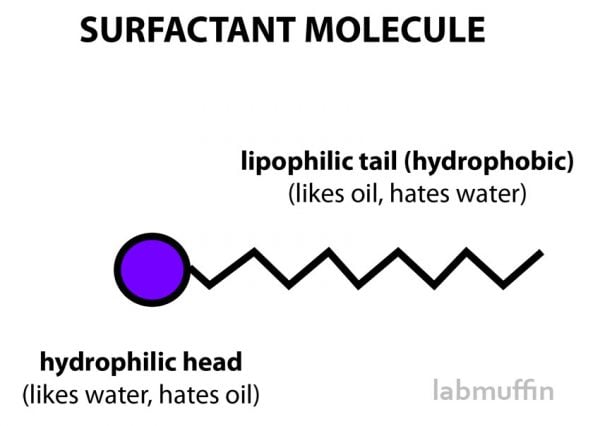
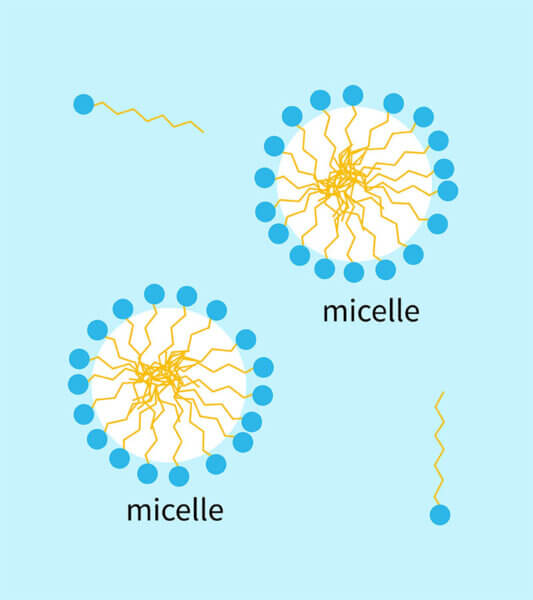
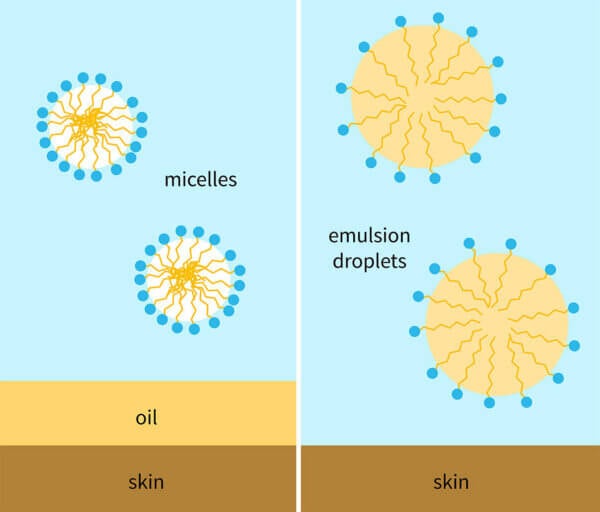



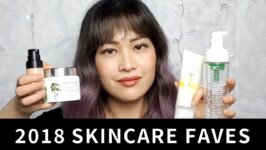
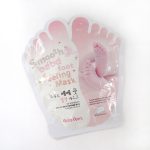
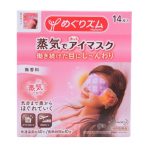
My skin tends to get on better with Salicylic Acid washes when I get my once a month congestion period – I can use them at the right frequency so they help against clogged pores, but don‘t irritate my skin. On active pimples a leave on works better.
And I didn‘t know that it is the SLS not being rinsed off properly, I still thought it was the oil removing part!
This video was so informative. It even made me enjoy washing my face a bit more because I was understanding what was happening! I have some foaming cleansers that are a bit drying. Am I able to add some pure glycerin to the bottle to reduce the drying effect or would that mess with the formulation?
It’ll potentially mess with the formulation – maybe mix it in your hand or use a glycerin-containing product immediately before or afterwards.
Hi Michelle! I couldn’t figure out how to leave a comment on the other post. After watching your video on DIY vitamin C, I was wondering if there are other ingredients that can lower PH? Why is it that so many people are against using baking soda on skin and what makes this usage safe? When looking up what never to put on your skin, baking soda is always one of the first things.
Baking soda on its own gives a high pH, and is easily avoided. If it’s mixed with other things (e.g. used as a pH adjuster) it’s fine, since it get used up in the reaction 🙂
I’m an authorized esthetician in the US and I solidly accept that facilitating your schooling is the best way to stay aware of right data. Much thanks for clearing up SO numerous skincare legends!